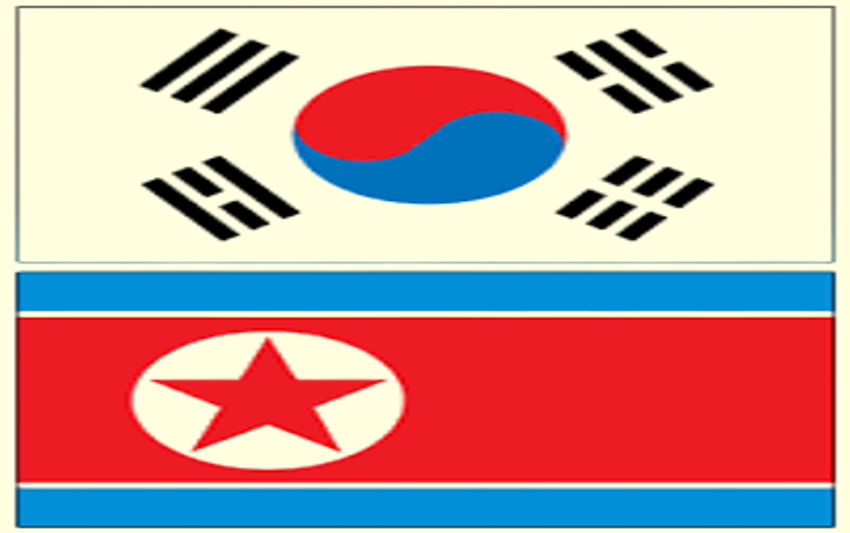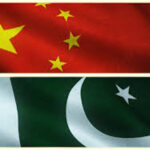One of the most pronounced technical disparities in the world is seen on the Korean Peninsula. While South Korea stands as a global leader in cutting-edge innovation, **North Korea** remains isolated, with technology primarily serving military and surveillance purposes. This article compares the technological landscapes of both nations, examining their advancements in **telecommunications, computing, military tech, and consumer electronics**, while also exploring the political and economic factors behind this disparity.
1. Telecommunications & Internet Access
South Korea: A Global Digital Powerhouse
– **World’s fastest average internet speeds** – Consistently ranks #1 in broadband and 5G connectivity.
– **5G leadership** – Companies like **Samsung, LG, and SK Telecom** drive next-gen networks.
– **High smartphone penetration** – Over 95% of citizens use advanced smartphones (Galaxy, iPhone).
Access to the internet is available. With flourishing social media and international IT partnerships, there is no restriction.
North Korea: A Closed, Controlled Network
– **Heavily restricted internet** – Only a tiny elite (government officials) have global internet access.
– **National intranet (Kwangmyong)** – A censored, state-controlled network with limited information.
– **Outdated mobile networks** – Phones are monitored, and only approved devices (like the “Arirang” smartphone) are allowed.
**Strict surveillance** – The government monitors all digital communications.
**Verdict:** South Korea is a **global tech leader**, while North Korea lags due to **isolation and censorship**.
2. Computing & Artificial Intelligence (AI)
South Korea’s AI & Tech Dominance
– **Samsung and LG** lead in semiconductor manufacturing (competing with TSMC and Intel).
– **AI research hubs** – KAIST and Seoul National University produce cutting-edge AI advancements.
– **Robotics & automation** – Factories and homes use AI-driven robots (e.g., Hyundai’s robotics division).
North Korea’s Limited Computing Power
– **No major semiconductor industry** – Relies on smuggled or outdated chips.
– **AI used mostly for surveillance** – Facial recognition and cyber warfare programs.
– **Limited supercomputing capabilities** – Mostly for nuclear research and military purposes.
**Verdict:** South Korea competes with the US and China in AI, while North Korea focuses on **military and surveillance tech**.
3. Military Technology & Cyber Capabilities
South Korea: Defense & Innovation
sophisticated missile systems Ballistic missiles from Hyunmoo and THAAD defensive systems
– **AI-powered drones** – Used for border surveillance and reconnaissance.
– **Strong cybersecurity** – Frequent targets of North Korean hackers but well-defended.
North Korea: Asymmetric Warfare & Hacking
– **Nuclear & missile programs** – ICBMs like Hwasong-17 threaten global security.
– **Cyber warfare units** – Lazarus Group (linked to ransomware attacks, crypto theft).
– **Drone technology** – Primitive compared to South Korea but used for espionage.
**Verdict:** North Korea focuses on **asymmetric threats (nukes, hacking)**, while South Korea invests in **high-tech defense systems**.
4. Consumer Electronics & Daily Life
South Korea: A Tech-Driven Society
**Cashless payments, VR gaming, and smart homes** are commonplace.
– **Samsung and LG dominate global markets** – TVs, smartphones, appliances.
– **E-sports and K-pop tech** – High-tech concert holograms, gaming leagues.
North Korea: Extreme Scarcity & Propaganda Tech
– **No domestic consumer tech industry** – Most electronics are smuggled from China.
– **Propaganda tools** – Government-controlled TVs and radios broadcast state messages.
– **Elite-only luxury tech** – High-ranking officials may have limited access to foreign gadgets.
**Verdict:** South Korea thrives in consumer tech, while North Korea’s citizens face **heavy restrictions and shortages**.
5. Future Prospects
South Korea’s Next Goals
– **6G research** – Aiming to lead the next-gen telecom revolution.
– **AI ethics & global standards** – Competing with US and China in AI governance.
– **Space technology** – Launching homegrown satellites and lunar missions.
North Korea’s Survival Tech
– **More cyber warfare** – Increased hacking for revenue (cryptocurrency theft).
– **Nuclear advancements** – Further ICBM and hypersonic missile tests.
– **Limited civilian tech growth** – No major changes unless sanctions ease.
Two Koreas, Two Tech Worlds
A global innovation hub South Korea competes with Shenzhen and Silicon Valley.
– **North Korea** uses technology **primarily for control, military power, and regime survival**.
The divide highlights how **political systems shape technological progress open societies flourish, while closed ones stagnate. Unless major geopolitical shifts occur, this gap will only widen.


